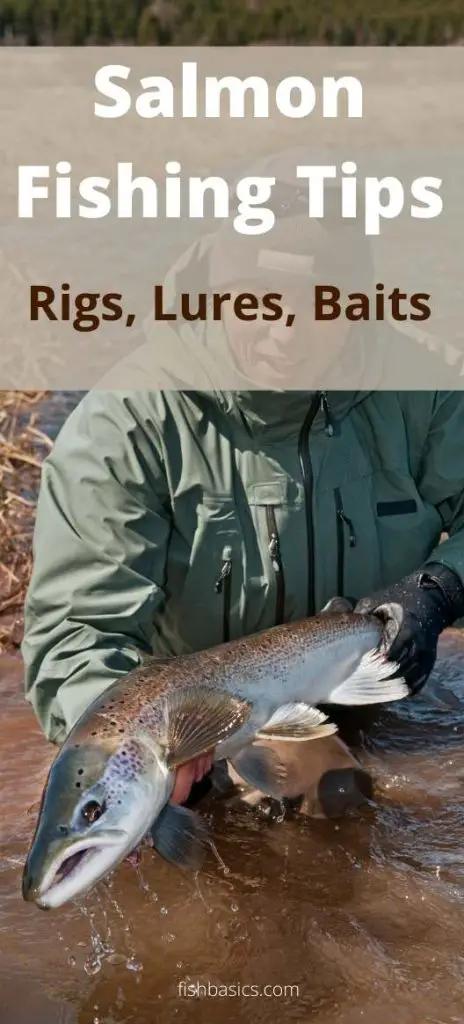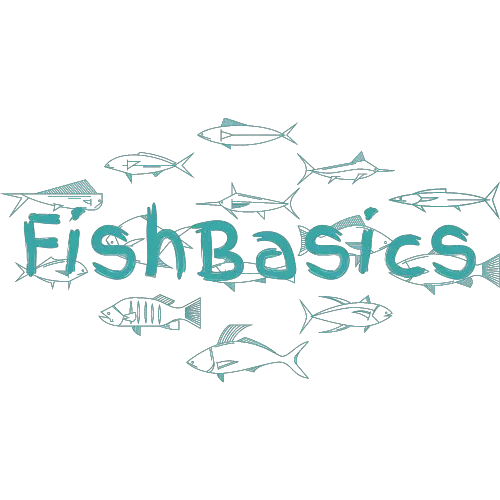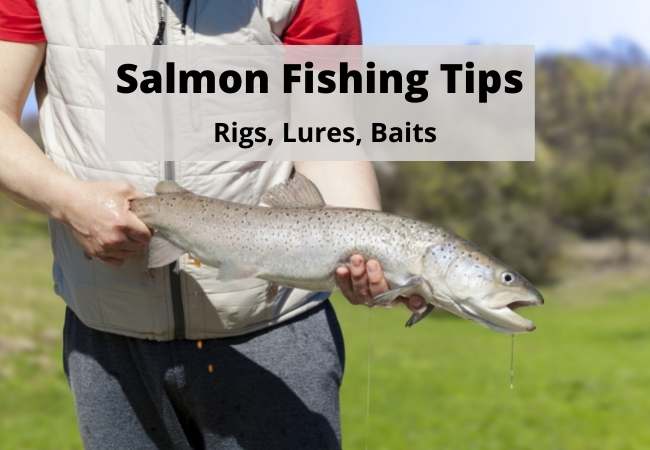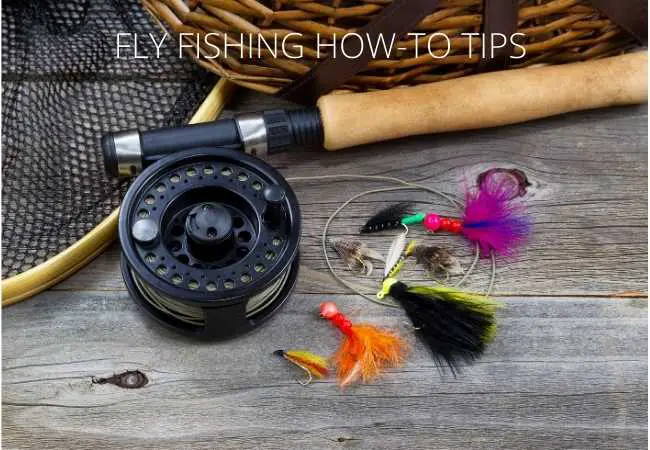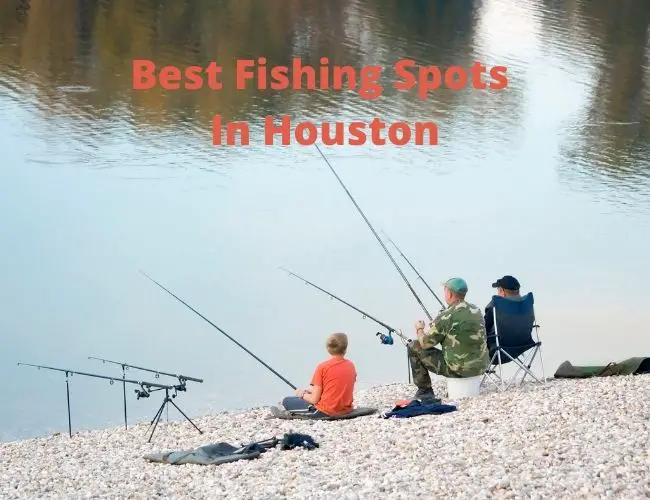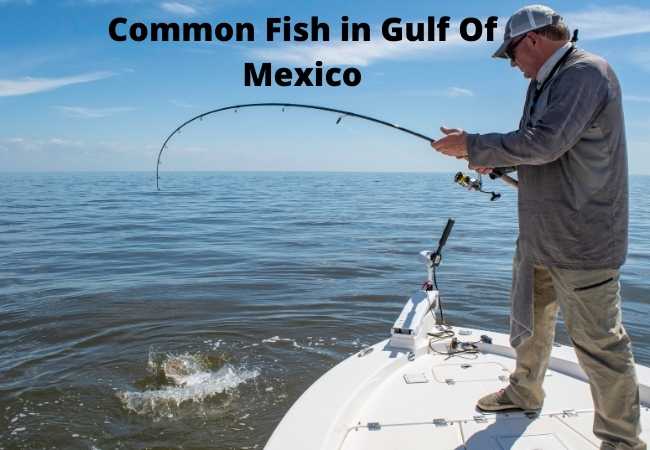Awesome salmon fishing tips, rigs, and lures that will help you have great fishing adventures. As is the case with most forms of fishing, you can never know too much about the subject. This article will share some tips on salmon fishing.
Salmon Fishing Tips, Rigs, Lures
I’m fond of salmon fishing. I have been at it for many years. When planning your trip, try to figure out what time of year is best for fishing.
Best Season for Salmon Fishing?
Salmon migrate according to seasons. During the fall, they head upstream towards their birthplaces to spawn and die. In the spring, they head downstream again to escape upriver after months in saltwater.
The two most popular times of year for salmon fishing are usually early summer and the fall because that’s when adult salmon are migrating back upstream.
Both of these seasons have drawbacks, however. Summer fishing is usually best for beginners, but more experienced anglers tend to prefer the fall because by then there are fewer inexperienced fish around and the salmon begin fighting.
The spring season is also good for fishing, but it can be difficult because at that time of year the salmon are spawning and their eggs need to be protected.
Recommended places to catch salmon include the Columbia River, the Fraser River in British Columbia, and anywhere along the Pacific Coast of North America. The best time to go is usually during both the spring and fall seasons.
If you’re looking to catch a steelhead, it’s best to forget about the summer and winter seasons because those are when they spawn. Instead, try fishing for them during the spring and fall seasons. The same fishing location recommendations apply for catching actual salmon.
Best Spots for Salmon Fishing
If you’re fishing for the king (chinook), sockeye, or coho (silver) salmon, try using a float that’s roughly three feet long and start fishing at the mouth of the river. If you’re using other baits like worms or spawn, look for a suitable spot near a sharp bend in the river.
If you’re fishing for steelhead, start at a lower point of the river and work your way up. You can use live bait or lures to catch these fish, but if you choose to use lures, I recommend using small spinners with bright colors.
When salmon aren’t spawning, they like to rest in small pools or eddies. Try to find these locations and cast your line accordingly.
If you’re using lures, try to fly fishing them because it’s very effective at catching fish during the spring (when the water is cold). If your main goal was to catch a salmon, as opposed to a steelhead, use the float method with live bait.
If you’re fly fishing, try “matching the hatch” by using lures that mimic actual insects and other creatures that fish prey on. This is a very popular way of catching large king salmon in saltwater locations.
If you’re in saltwater, you can catch just about anything in the salmon family. King, coho, sockeye, and pink (humpback) salmon are all available. If you’re fresh out of ideas, here’s a list of popular lures (usually nine to ten inches long with two or three treble hooks):
The Best Salmon Fishing Lures
Salmon fishing lures are perfect for all types of gamefish. Fishing with a lure adds action to the catch. It is also an effective way to attract fish from a distance.
Salmon fishing lures should draw or take your catch quickly and efficiently. You don’t want your fishing to take forever or result in an unsatisfactory catch.
When choosing lures for the season, consider the time of day, weather conditions, water temperature, and depth, as these are all factors that can affect how much action a lure gets.
Salmon lures also help reach them under heavy brush or wood structures where only a bass’s nose can find your bait. When trolling for salmon choose from spoons, plugs, spinners, and crankbaits.
Salmon Fishing With Spoons
Spoons are a classic salmon fishing lure, which flashes as they move through the water. There is a broad choice that includes shallow-running models for salmon in shallow waters.
The deep-running metal spoons that can reach salmon are located far downriver. Make sure you have some lead split shot as ballast if you are fishing in waters less than 3 meters deep.
Salmon Fishing With Spinners
Spinners are effective when salmon make a sudden run or lapse into periods of inactivity. They work best while trolling at average speed for catches up to 5kg.
Spinner blades can be single, double, triple, or even quadruple hook-style depending on the size and type of fish you are trying to catch. The red and gold color combination is a proven winner in spinner lures.
Crankbaits for Salmon Fishing
Crankbaits are used for trolling in deep water, usually when salmon is located at the bottom of a pool or below some sort of obstruction that makes it difficult to place your bait where it is required.
Salmon crankbaits are best used to tease the fish into activity, by deep-diving up and down.
Plug Lures for Salmon Fishing
Plug lures are another great choice for salmon fishing. They can be cast or trolled along the bottom of deep rivers with swift currents where salmon like to position themselves.
Make sure you choose a lure with eyes popping out of water or that can be worked at a steep angle to the surface depending on the depth of the water you are fishing in.
The best salmon plugs have a cavity inside, which emits lots of bubbles and is fitted with rattles and/or metal blades to attract attention.
Salmon Fishing Tips
Salmon fishing lures are sturdy and built to last even when exposed to the elements is unavoidable. They should take the abuse so you can enjoy your fishing time to its fullest.
I do hope that you got some helpful tips from this post on salmon fishing tips, rigs, and lures. Follow Fishbasics Pinterest and good luck with your next salmon fishing trip!
